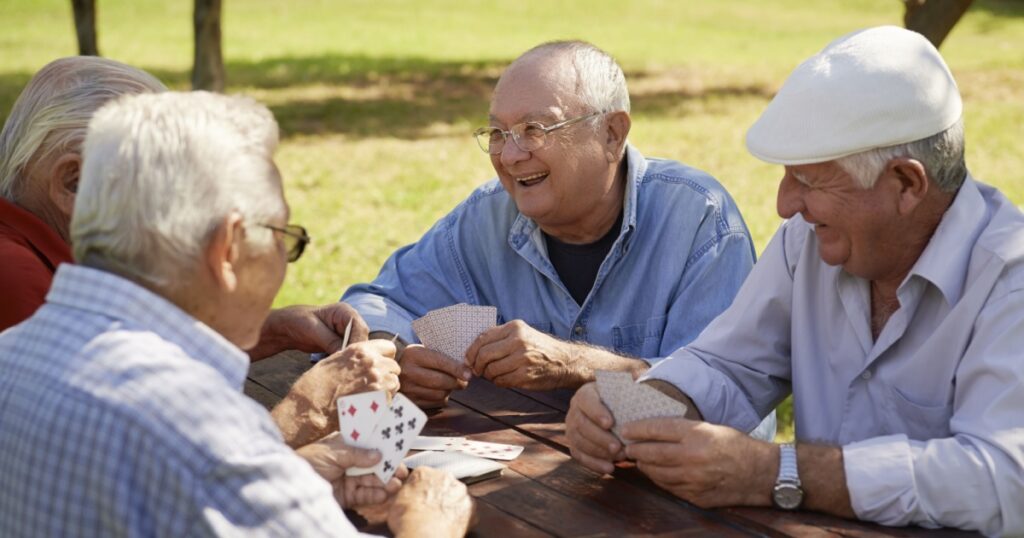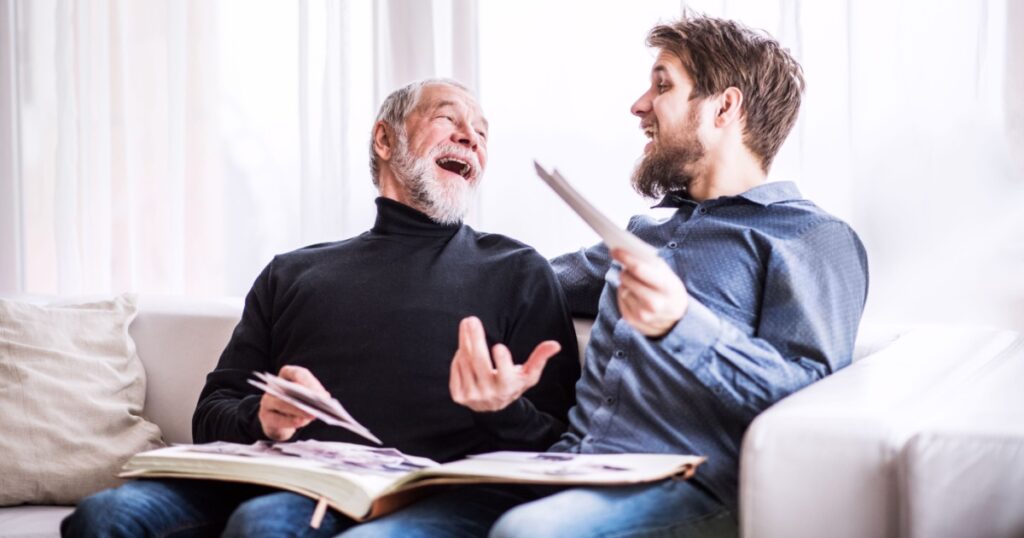Dementia is a condition that affects millions of individuals worldwide, causing a decline in cognitive abilities and memory loss. While there is no cure for dementia, various therapeutic approaches can enhance the quality of life for those living with the condition. One such method is through the use of photographs. Photos have shown remarkable benefits in dementia care, triggering memories, improving communication, and providing emotional connection. In this article, we will explore the ways in which photos can help with dementia care and how you can utilize them to support your loved one.
Understanding Dementia

Dementia is a broad term that describes a range of symptoms associated with a decline in cognitive function. Alzheimer’s disease is the most common form of dementia and accounts for a significant percentage of cases. As individuals with dementia struggle with memory loss and cognitive impairments, engaging with them can be challenging. However, photographs have proven to be an effective tool in reconnecting with people with dementia.
Read More: Dutch town was built just for people with dementia and it helps uphold their sense of independence
Photographic Treatment – How Photos Help

A groundbreaking approach called “Photographic Treatment” has emerged, showcasing the therapeutic power of photos for individuals with dementia. Laurence Aëgerter, a visual artist, developed the concept and witnessed its remarkable effects on dementia patients. During one session, a patient who had difficulties speaking suddenly became verbal when shown a photograph of a cat with her kitten. This incident highlights the deep emotional connection that photos can evoke in individuals with dementia. (1)
10 Ways Photos Help With Dementia Care

There are so many ways in which looking at photos can help people with dementia. While it can’t cure their condition, it can help make living with it more enjoyable. For those caring for them, it can help to reconnect them and have meaningful conversations. These are all the ways images and photographs can help those suffering from dementia. (2)
1. Triggering Memories

Photos have the unique ability to trigger memories and stimulate reminiscence in individuals with dementia. When they see familiar faces, places, or objects in photographs, it can evoke memories from their past, promoting cognitive stimulation and engendering a sense of connection and identity. This can also help them then speak about their past, tell stories, and reconnect with themselves.
2. Improving Communication

Communication can be challenging for individuals with dementia, but photos can serve as a visual aid to enhance communication. By using photographs as prompts, caregivers and family members can initiate conversations and facilitate engagement more effectively.
Read More: 15 factors that may raise risk of getting early dementia, according to study
3. Reducing Agitation and Anxiety

Dementia often leads to agitation and anxiety due to confusion and disorientation. Photos can help soothe and calm individuals by providing a sense of familiarity and stability. Looking at cherished photos can evoke positive emotions, reducing stress and promoting relaxation.
4. Encouraging Social Interaction

Sharing photos with loved ones fosters social interaction and strengthens relationships. Looking at family albums or photo collages together can prompt discussions, storytelling, and shared memories, promoting a sense of belonging and connectedness.
5. Enhancing Emotional Well-being

Photos have a profound impact on emotional well-being. They can elicit positive emotions, such as joy, happiness, and love, which can have a lasting effect on individuals with dementia. Looking at photos of loved ones can evoke feelings of comfort and happiness, boosting overall emotional well-being.
6. Preserving Identity

Dementia can compromise an individual’s sense of self and identity. By using photos, caregivers can help individuals with dementia reconnect with their personal history and legacy. Looking at photos of themselves in different stages of life can reinforce their sense of identity and enhance self-esteem.
7. Providing Visual Stimulation

Visual stimuli have been found to be particularly effective in engaging individuals with dementia. Photos offer visual stimulation that can capture attention, spark curiosity, and provide a source of sensory pleasure.
Read More: If You Notice This While Brushing Your Teeth, It Could Be a Sign of Dementia
8. Promoting Cognitive Stimulation

Photos can serve as cognitive exercises for individuals with dementia. Engaging with photos stimulates different cognitive functions, such as memory, attention, and problem-solving skills. Matching photographs, identifying people or objects, and recalling associated memories all contribute to cognitive stimulation.
9. Creating a Sense of Comfort

Photos can create a comforting environment for individuals with dementia. Having familiar and significant photographs displayed in their living space can provide a sense of familiarity, helping to reduce confusion and disorientation.
10. Enriching Caregiver and Patient Bond

Using photos as a tool for reminiscence and engagement strengthens the bond between caregivers and individuals with dementia. Sharing and discussing photos can create meaningful moments, fostering empathy, understanding, and connection.
How You Can Use Photos to Help Your Loved One

- Create personalized photo albums or collages containing significant moments, faces, and places from their past and put them in chronological order. (3)
- Display framed photographs in their living space, focusing on cherished memories and loved ones.
- Use photographs as conversation starters, discussing the people, events, and emotions captured in the images.
- Incorporate photos into daily routines, such as using them to reminisce during meals or before bedtime.
- Utilize technology to create digital photo albums or slideshows, allowing for easy accessibility and sharing.
- You can also incorporate other images – images from significant news stories during their lifetime, as well as interesting images that will make them think or even laugh.
- When you look at the photos, ask them questions about it. Let them talk, and don’t correct them if they say things that are incorrect. Ask them leading questions and laugh along with them.
The Bottom Line

Photos have the power to transcend the limitations imposed by dementia, unlocking memories, stimulating emotions, and fostering communication. By harnessing the therapeutic benefits of photographs, we can significantly improve the well-being and quality of life for individuals with dementia. Whether through triggering memories, promoting communication, or enhancing emotional well-being, photos offer a tangible connection to the past and create meaningful moments in the present. Embrace the power of photos to make a positive impact on your loved one’s dementia care journey.
Read More: Young Man Invents “Water You Can Eat” to Help Dementia Patients Like His Grandma Stay Hydrated
Sources
- “A photographic treatment for people with dementia.” CNN. Maddie Bender. August 2018.
- “How Images Can Help Dementia Sufferers Engage With Life.” Psychology Today. Deborah Stone. May 13, 2021.
- “CAN OLD PHOTOS HELP RELATIVES WITH DEMENTIA?” Kodak Digitizing. Elaine Elliott

